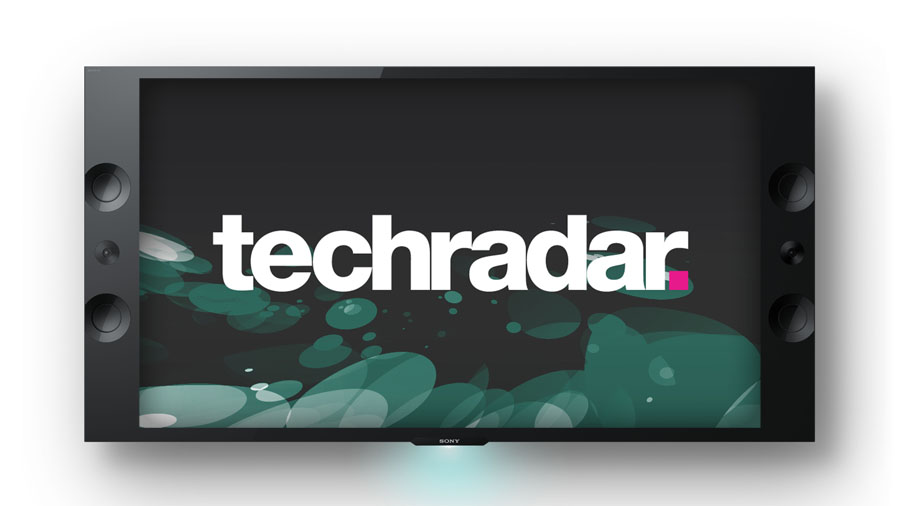Why you can trust TechRadar
3D picture quality
The evolution from 1920 x 1080 to 3840 x 2160 resolution has beneficial impacts across the board on the KD-65X9005A, and not just in the most obvious ways. 3D is a dramatic case in point.
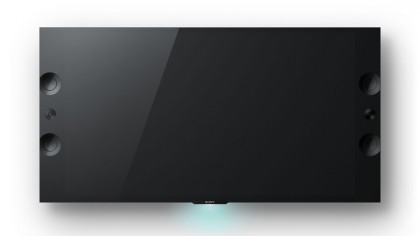
Until now, the 3D viewing experience at home has always been a compromise. Passive screens employ cheap glasses which are comfortable to wear, but the image resolution is sacrificed resulting in obvious jaggies. Active Shutter HD delivers a Full HD 3D image, but the glasses are expensive and suffer from strobing effects.
Here, the extra resolution offered by 4K means that Passive 3D is rendered at 1080p. You get to wear the same lightweight specs, but there's no sense of image degradation. Stereoscopic pictures are bright and immersive, and that huge screen really pulls you in. In fact, the KD-65X9005A delivers the best 3D we've ever seen on a consumer telly.
2D Picture quality
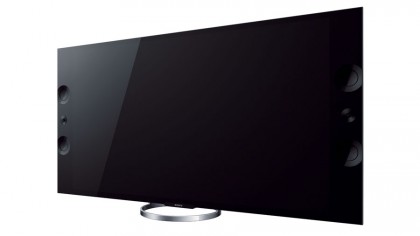
Clearly to see this screen at its very best, you need native 4K video content. And there's not an awful lot of that about (well, at the time of writing there's none actually). So to help appraise the screen we borrowed a media server packed with 4K files, specifically a collection of travelogue and artsy stuff, plus 4K trailers for Total Recall and After Earth.
The result is jaw-on-the-floor stuff. Having a super-large 4K display invites you to sit closer, rather than further away, and when you do the incredible amount of detail that can be found in its images is mesmerising. Full HD looks like a rusty Kinetoscope in comparison (a slight exaggeration perhaps, but you get our drift).
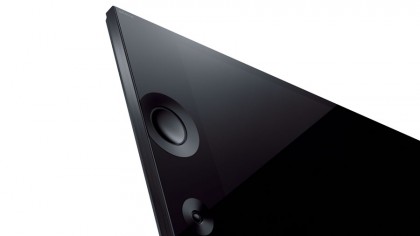
But is there any point buying a 4K screen when there's no native content to view? Well, yes, surprisingly there is. What the KD-65X9005A does with both broadcast HD and more significantly Blu-ray is quite extraordinary.
All content sources are mapped to the denser display. This 65-incher and its smaller sibling employ a two-chip 4K X-Reality PRO image engine which comprises an unfeasibly large image algorithm database to upscale content, and impart smooth, nuanced texture to images.
Blu-ray content looks absolutely stunning. There's a level of depth to the picture which is just engulfing. Of course, Sony's silicon can't work miracles, and with SD sources and some broadcast content, there're rough edges to be seen, but for the most part the process is remarkably successful.
It's not just image detail which astounds. The colour performance of this TV is outstanding. A Triluminos display, the panel uses Color IQ semiconductor-based filtering to give a wider colour gamut. With content that's X.V.Color enabled, you get exceptionally deep reds and more vibrant greens.
Sony's upcoming Mastered in 4K Blu-ray titles have all been created with this extended colour space and the results are amazing. However, the TV doesn't need an X.V.Color source to deliver amped up vibrancy, it does so with all content.
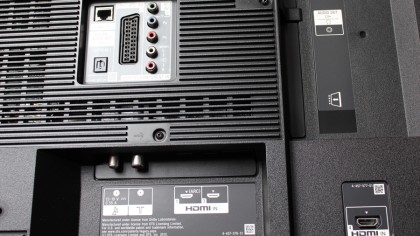
The panel is also extremely dynamic, with deep black and bright peak whites. As we've come to expect from the brand, motion handling is a particular strength. The set employs the faster 800Hz iteration of Motionflow processing, retaining maximum detail with fast moving content. For a more filmic look, you can either turn Motionflow off, or select the True Cinema preset.
Sound Quality
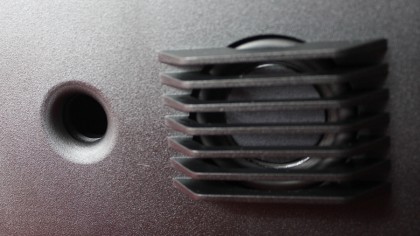
Very much bucking the trend for thin, ineffective TV audio, the sound system on this set is full-blooded and borders on hi-fi standard. The magnetic fluid drivers are fast and musical, while a ported bass creates a solid mid-range. Stereo imaging is pronounced and there's no shortage of volume.
Steve has been writing about AV and home cinema since the dawn of time, or more accurately, since the glory days of VHS and Betamax. He has strong opinions on the latest TV technology, Hi-Fi and Blu-ray/media players, and likes nothing better than to crank up his ludicrously powerful home theatre system to binge-watch TV shows.
